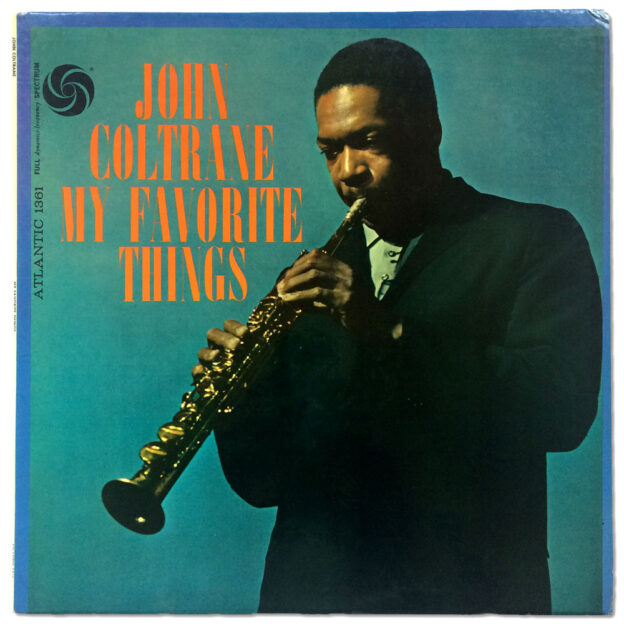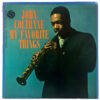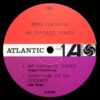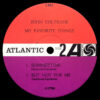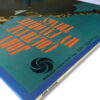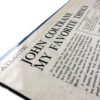- Second mono pressing circa 1962-1966
- Orange & purple label
- Black fan logo on both sides
- Side 1/2 matrix: 11755-A “AT” / 11756-B “AT”
Personnel:
- John Coltrane, soprano & tenor saxophones
- McCoy Tyner, piano
- Steve Davis, bass
- Elvin Jones, drums
“My Favorite Things” recorded October 21, 1960
“Summertime” recorded October 24, 1960
“Everytime We Say Goodbye” and “But Not for Me” recorded October 26, 1960
All selections recorded at Atlantic Records’ 56th Street studio, NYC
Originally released March 1961
Selection: “My Favorite Things”
My Favorite Things is a magical album that is up at the top of my favorite Coltrane records. Those of you who read along here on a regular basis have probably picked up on the fact that I often favor “quieter” sounding jazz. My Favorite Things is no exception. Coltrane plays the soprano saxophone with great passion but it’s never overbearing. I also appreciate the accompaniment of Elvin Jones and McCoy Tyner, a brave young combo playing with less abandon on the eve of their leader’s ascent into the heavens of the avant-garde.
This record has a really unique, sweet sound. Engineer Tom Dowd had a way of making pianos sound soft and even ghostly with just a touch of tube amplifier overdrive. We heard that sound on Giant Steps for Tommy Flanagan and we hear it again here with Tyner, a most welcome coloring of the piano’s sonic palette.
Before I stole this original mono pressing on eBay in a weeknight-ending auction, I had heard this album in stereo my entire life. I’m not one to overhype differences in various versions of an album usually but hearing the original mono pressing of this album for the first time was profound. None of these four brilliant musicians are competing to be heard here, and the mono presentation succeeds at unifying the music without sacrificing each player’s individuality. As warm as this recording sounds even in its digital stereo incarnation, this pressing accentuates that. It’s one of the most dramatically different listening experiences I’ve had comparing a record to its digital counterpart, sonically making this one of my favorite LPs to listen to.

